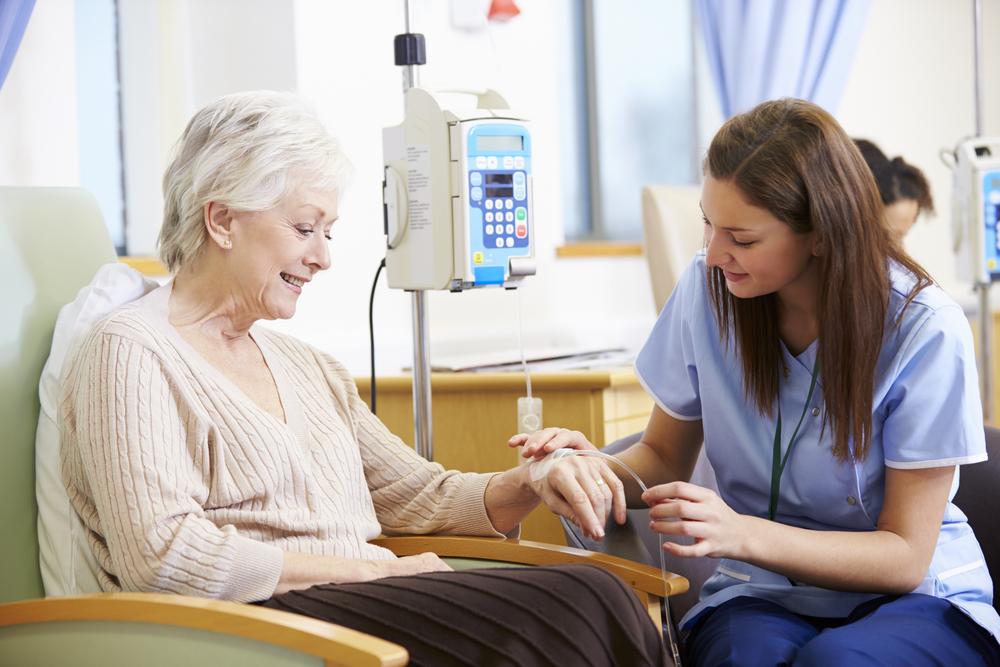An Overview Of Parkinson’S Disease
An overview of Parkinson’s disease
Parkinson’s disease (PD) is a neurodegenerative disorder. It predominantly affects the dopamine-producing, also known as dopaminergic, neurons in the substantia nigra, which is an area in the brain. Generally, the symptoms of this condition develop slowly over a period of time. Often, the progression of the symptoms of Parkinson’s disease vary from one person to another. Some of the common signs and symptoms of this condition are problems with the gait and the balance, tremor, bradykinesia, and limb rigidity.

One of the symptoms of the treatment for Parkinson’s disease is dyskinesia. Dyskinesia is the abnormal, uncontrolled, and involuntary movements of the patient’s body. This condition can affect one body part or it can spread to the entire body.
Below is some information about Parkinson’s disease.
How does deep brain stimulation affect Parkinson’s disease?
- Generally, deep brain stimulation is used for those patients with Parkinson’s disease who are not responding to levodopa medication anymore.
- Deep brain stimulation includes the addition of electrodes in the cerebrum that are associated with a generator embedded in the chest zone.
- The electrical heartbeats sent from the generator to the cathodes can diminish the side effects of Parkinson’s disease.
- The medical procedure has certain severe dangers, for example, cerebrum drain, stroke, and infection.
- Also, for this, the requirement of adjusting equipment to the patient increases.
How does physical therapy play a crucial role in the treatment of Parkinson’s disease?
- With the help of physical therapy, patients can improve movement, the scope of motion, and muscle tone.
- Physical therapy can’t stop the movement of Parkinson’s infection; however, with physical therapy, the patient is able to adapt and can rest easy.
- The physical specialist can help assuage muscle stiffness and joint torments through exercises.
- A qualified physical specialist can enable the patient to enhance balance and stride.
- When patients opt for cardio, resistance training, and muscles stretching they can experience a noteworthy reduction in the symptoms of Parkinson’s disease.
How does a change in levodopa medication help in treating dyskinesia?
- Levodopa is a medication that is given to treat Parkinson’s disease to raise the dopamine in the brain. It forestalls stiffness and jerky motions. As the medication wears off, the dopamine levels drop. Dyskinesia might be caused by these up and down changes of dopamine in the brain.
- One approach to keep the condition in check is to bring down the dosage of levodopa.
- The main problem is to bring down it sufficient only to maintain a strategic distance from this reaction yet at the same time take enough of the medication to control the Parkinson’s disease symptoms.
- A medical specialist can enable one to adjust the amount of dopamine.
- Likewise, they may add different medicines to the treatment.
- Another choice is to change to an extended release type of levodopa. This medication discharges more gradually into your blood to keep the dopamine levels steadier.
What is the role of stress in Parkinson’s disease and dyskinesia?
- Dyskinesia tends to become dominant amid periods of pressure and one dealing with it, may have to figure out how to manage stress.
- Managing stress viably may help limit the side effects of Parkinson’s disease, such as dyskinesia.
- Rehearsing profound breathing activities, yoga, spending some quality time with family or companions, and/or listening to soothing music may help in reducing stress and in turn easing the symptoms of Parkinson’s disease.
- With medications, some lifestyle changes also bring these diseases to an improved level.